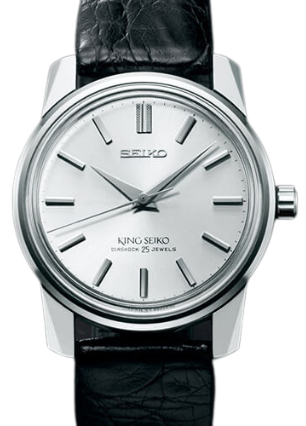
King Seiko
Timeless Japanese Craftsmanship
The King Seiko collection embodies precision, elegance, and heritage in Japanese watchmaking. Originally introduced in the 1960s, King Seiko watches were crafted to rival the world’s finest timepieces, combining high-accuracy movements with refined design. Today, the revived King Seiko line continues this legacy, offering sophisticated mechanical watches that reflect both tradition and innovation. With meticulous finishing, sharp case lines, and luxurious details, King Seiko delivers a perfect balance of style and performance. Ideal for collectors and watch enthusiasts, these timepieces showcase Seiko’s dedication to excellence, making King Seiko a true icon in the world of luxury watches.
King Seiko Emerged in 1961 — A Symbol of Precision in a Transforming Japan
As Japan entered a new era of modernization in the early 1960s, its cities evolved rapidly, fueled by technological advancement and a rising middle class. The skyline transformed with sleek expressways and contemporary architecture, symbolizing a country on the move.
In this dynamic atmosphere, King Seiko was introduced as a beacon of innovation, born from a commitment to precision and excellence. More than just a timepiece, it represented the spirit of a nation redefining itself — a perfect blend of tradition and forward-thinking craftsmanship. King Seiko watches quickly gained recognition for their refined design, mechanical brilliance, and enduring performance.
From the boardrooms of Tokyo to the wrists of watch enthusiasts across the globe, King Seiko became a proud emblem of Japanese ingenuity, capturing the essence of an era driven by quality, ambition, and elegance.


Where it all began: Tokyo’s Kameido district, home of the legendary Daini Seikosha factory.
Daini Seikosha, originally the watchmaking division of Seikosha in Tokyo’s Kameido district, became an independent manufacturer in 1937. Though production was severely impacted during the Pacific War — with the Kameido plant ultimately destroyed — the spirit of innovation endured.
Kameido, part of Tokyo’s vibrant shitamachi (downtown) district, has long been known for its distinctive charm and resilient spirit. It was this deep sense of local pride and craftsmanship that fueled Daini Seikosha’s post-war revival and inspired the creation of the iconic King Seiko — a luxury wristwatch that embodies precision, elegance, and determination.
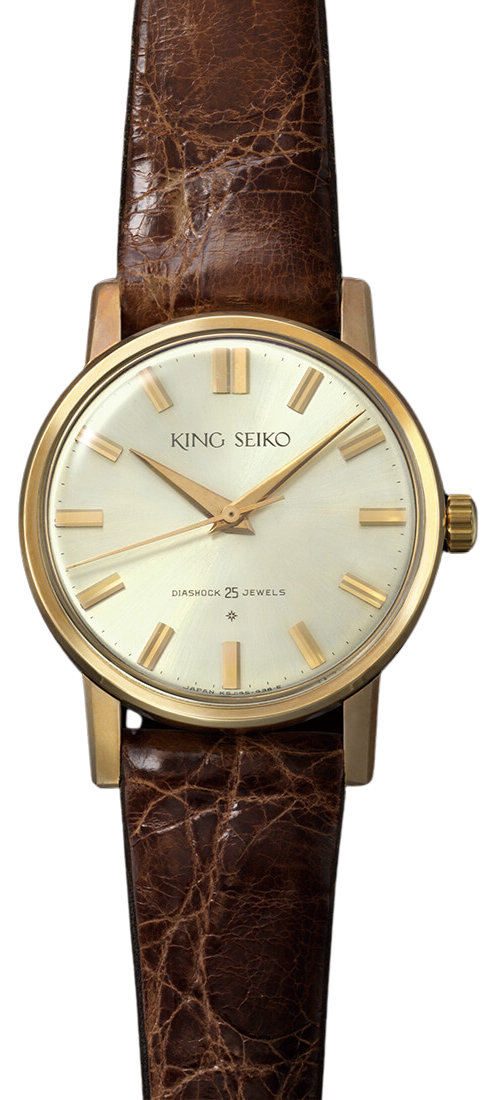
1961 marked the birth of the first King Seiko


In 1942, Seiko established a new affiliate — Daiwa Kogyo — in Suwa, Nagano Prefecture, as a remote production base for the Daini Seikosha factory. This facility would later be renamed Suwa Seikosha in 1959 and go on to become the engineering heart of Seiko’s innovation efforts. Its mission: to create a luxury wristwatch brand with a level of precision that could rival — and surpass — Swiss craftsmanship.
Thus, King Seiko and Grand Seiko embarked on parallel paths toward high-end horological excellence. While Grand Seiko became the ultimate expression of precision engineering, King Seiko carved its identity through a bold, modern design language — one that reflects the spirited character of its Tokyo roots.
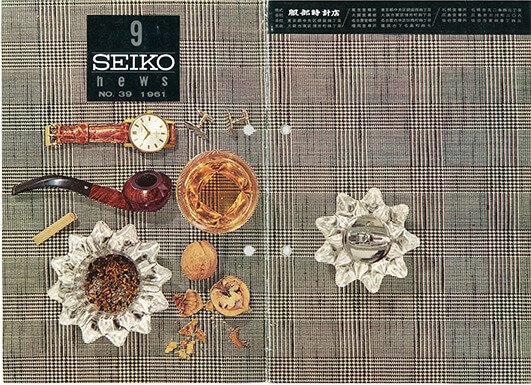
The Rise of King Seiko A 1960s Icon
Introduced in 1961, the first King Seiko watch combined sleek modernity with timeless elegance. As highlighted in contemporary brochures for retailers, its price — between ¥12,000 and ¥15,000 — matched the monthly salary of a university graduate, establishing it as a symbol of aspiration and refined taste in post-war Japan.
Refining the Legacy
King Seiko KSK (1965)
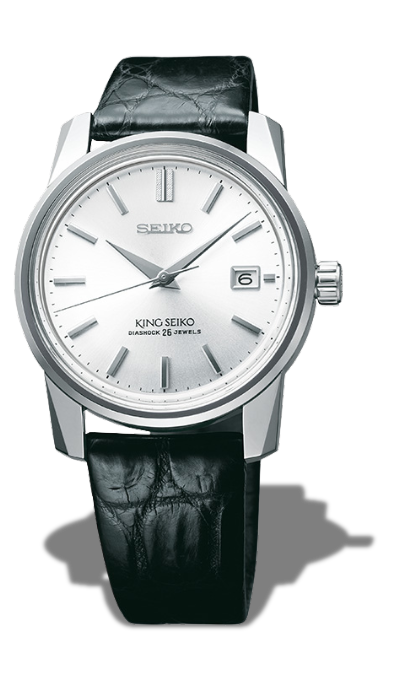
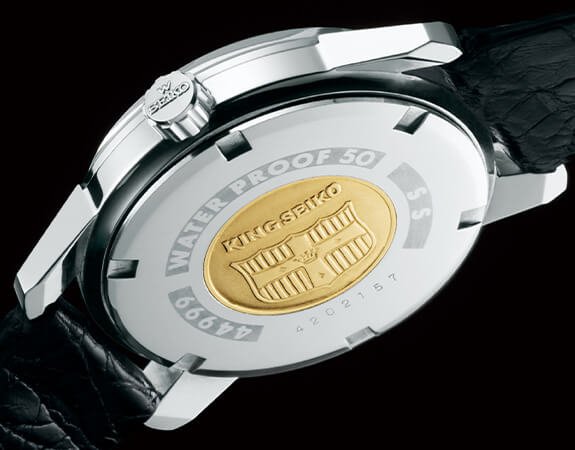
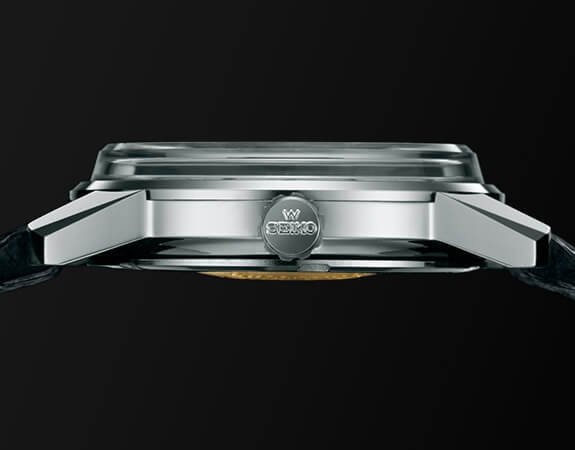
Premium Accuracy, Designed for All
The second-generation King Seiko introduced a bold new design language, with its sharply edged case and solid, angular lugs — features that would go on to define the identity of the King Seiko line. Known as the KSK, this model marked a turning point in Japanese horology, offering not only exceptional craftsmanship but also a revolutionary hacking seconds mechanism for precise time regulation.
As the brand evolved, subsequent King Seiko models were built to even stricter standards of accuracy, earning certification from the Japan Chronometer Inspection Institute — placing them on par with the finest luxury Swiss timepieces of the era. King Seiko quickly became a symbol of accessible luxury, perfectly balancing refined aesthetics, mechanical precision, and remarkable value.
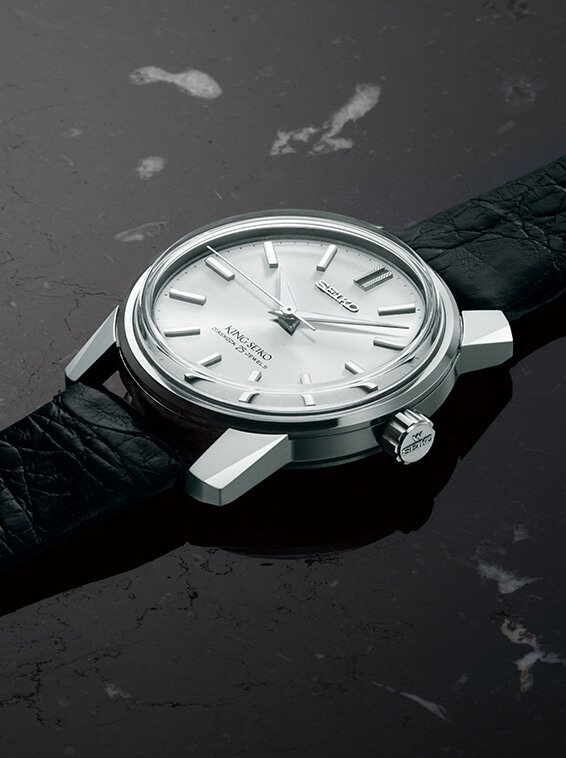
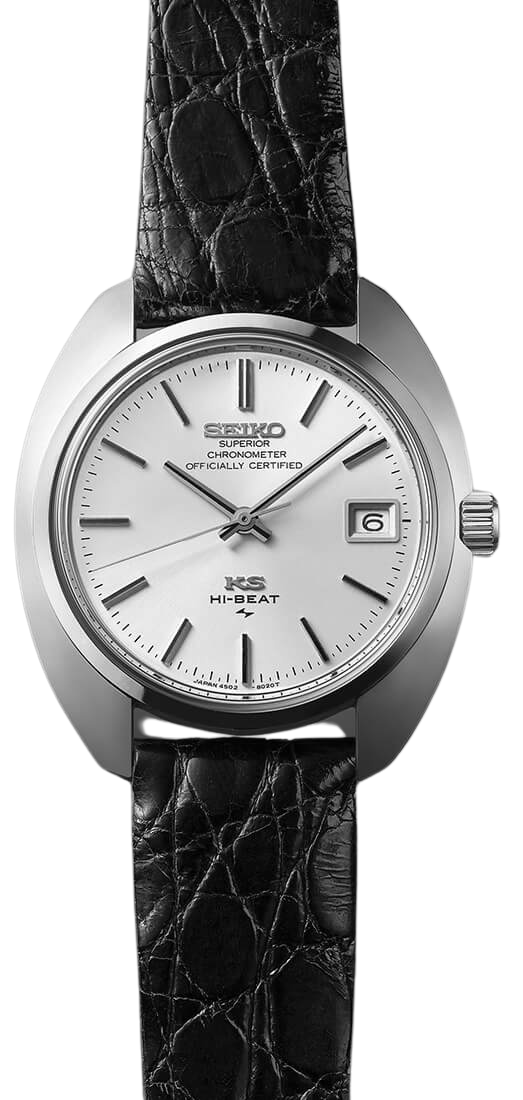
King Seiko 45KCM*
A refined Calendar Chronometer
with curved case lines
The King Seiko 45KCM introduced a new design direction, favoring more curved contours over the sharp, linear elements of earlier models. It was the first King Seiko-branded timepiece to feature a high-frequency movement operating at 36,000 vibrations per hour, marking a significant leap in precision.
This enhanced form factor — highlighted by distinctive details like an additional mirror-finished facet between the top and side surfaces — gave the 45KCM a refined, luxurious presence. Backed by the distinguished King Seiko pedigree and powered by a manual-winding movement with 25 jewels, the 45KCM stood out as a truly remarkable watch that balanced innovation, elegance, and mechanical excellence.

Honoring the Legacy
The Closure of King Seiko’s First Era
The King Seiko name gave rise to a range of exceptional timepieces, featuring innovations such as fully integrated, airtight one-piece cases and bold, forward-thinking design elements. However, by the 1970s, the era of King Seiko was nearing its end. The launch of the quartz watch in 1969 marked a seismic shift in the watchmaking industry — ushering in a new era of accuracy and affordability. In the wake of this technological revolution, mechanical watch production slowed, and eventually, King Seiko’s production was brought to a close.
The Revival of King Seiko
Timeless Style Reborn
In 2022, King Seiko was reborn — not as a replica of the past, but as a bold fusion of history and innovation. Dubbed the “Newest Classic,” it captures the spirit of 1960s elegance, now powered by modern mastery. This is more than a watch — it’s the return of a legacy.

















